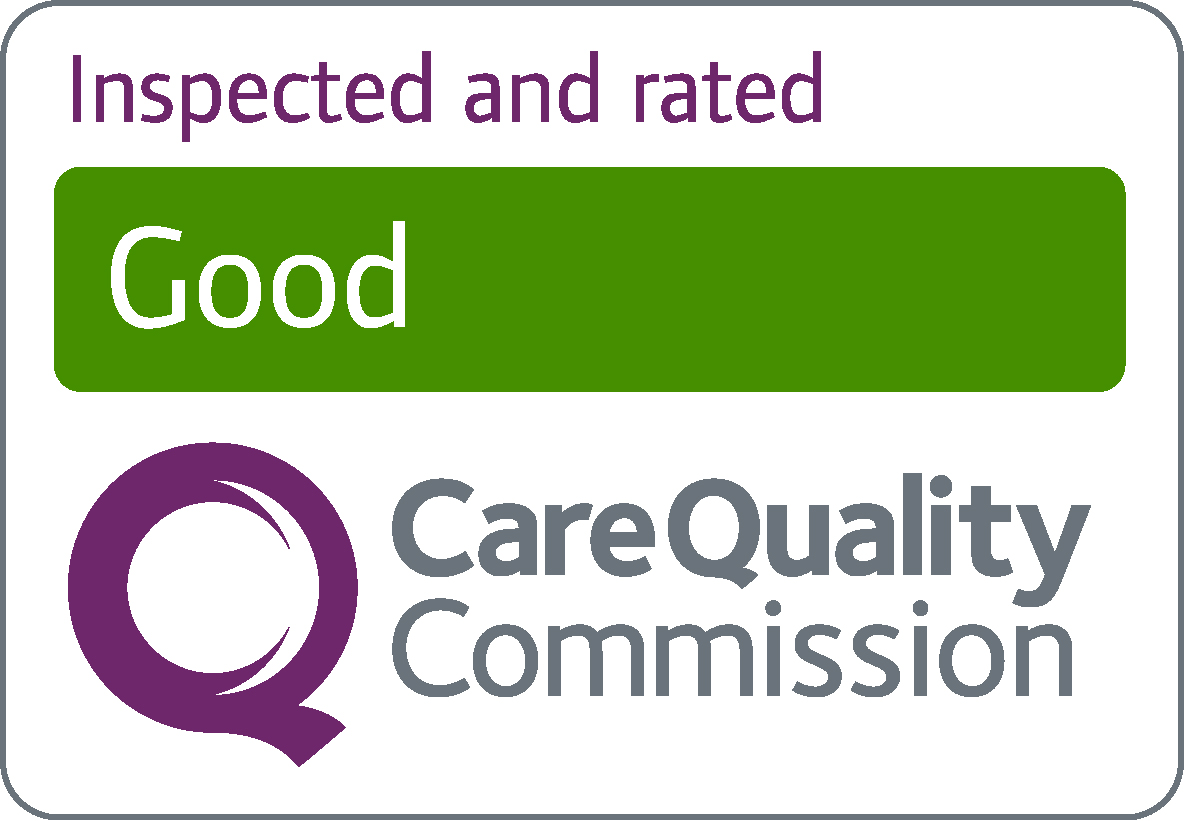How to combat work email anxiety and burnout

on 19 Aug 2024
What’s included?
- Introduction
- Why email anxiety is on the rise
- Why the ‘right to disconnect’ may not be the answer
- Ways that companies can combat email anxiety
- How this is linked to burnout
- What should you do if you’re feeling like this?
- How to spot anxiety and burnout in others
- How Delamere can help
Employee health & wellbeing in the workplace has been an issue which has sparked much conversation and interest in the last few months.
There are record numbers of workers absent for health (physical and mental) and wellbeing reasons in the United Kingdom (UK) at the moment but, as a global workforce report found, this is a global trend.
Shockingly, a recent survey by Vision Direct revealed that over a third of people in the UK have cried at work.
More than half of these people say that this is due to stress and nearly a third admit to burnout as the cause.

Unfortunately, this statistic is not surprising or unique.

Call us confidentially at any time to speak to a member of our team.
Call us now: 0330 111 2015
Anxiety and depression is the biggest cause of long term sickness absence in the UK, and sits between 63 per cent year on year according to Statista.
As a contributing factor to these mental health issues, the workplace is responsible not only in helping employees combat these struggles, but in preventing them from arising.
Workplaces are complicit in not sufficiently supporting their employees’ switch off. A recent study by HR platform, Breathe HR, found that a minority (37 per cent) of companies encourage their employees to disconnect from work while on holiday. And a majority (57 per cent) of workers admit to working while on annual leave.
With this backdrop, the new Labour Government is now considering the ‘right to disconnect’ law, which would put boundaries in place for employees to protect their time.
The law may include not being able to email or contact staff outside of contracted hours or on annual leave, apart from in exceptional circumstances.
Whilst this could benefit those who struggle with email anxiety, it may not be the answer to a flexible work-life balance.
Why email anxiety is on the rise
Since the pandemic, employees are working longer hours than ever which is contributing to the rise in email anxiety.
After work emails are directly contributing to this, as anxiety, poor sleep and lower relationship satisfaction are the consequences of feeling like a work email could arrive at any time of the day.
The research on this is clear: Emails are damaging people’s mental and physical health.

I personally believe that this is primarily because of smartphones. Before everyone had a phone, emails weren’t causing as much trouble because workers could log off and go home.
However, employees could be on their phone to connect with friends and family, and the urge to check work emails begins to interfere with this.
This is why France, Portugal and Spain use the ‘right to disconnect’ law, meaning a manager can’t send an email out of office hours to their team – it’s against the law.
Why the ‘right to disconnect’ may not be the answer
The proposal of this law looks great on the surface, but it will damage the chance of flexible working hours for many.
An employee may want to leave work early to pick up their children, or attend an appointment, and then begin working from home later in the day.
However, if they are unable to respond to any work messages or be active in collaborative documents, this will hinder their ability to use their time effectively.
I believe that line managers/middle management are partially responsible for the situation we are in, and are thus part of the solution to the email anxiety issue.
In my experience, a sizable minority of managers have great technical skills and have been elevated to a people management position for this reason.
However, these managers tend to lack emotional intelligence and the people skills required to meaningfully address techno-stress and email anxiety.
Ways that companies can combat email anxiety
There are many ways to combat this, and they will vary depending on the size and function of the company.
For example, some companies encourage employees not to email each other if they are in the same building, which is positive from a performance standpoint as well as mental health.
Other companies may find it useful to build an email charter, stating what would be appropriate to email, Slack or Whatsapp. This encourages boundaries to be set between people’s personal applications and work platforms.
When considering other platforms of communication like Slack, Whatsapp, Microsoft Teams, and Zoom, it’s important to evaluate how the mental load can affect productivity too.
These platforms have become intrusive, and limit the hours available in the day to achieve something and work through a ‘to do list’.
How this is linked to burnout
For those who feel as though they are battling through their emails day-to-day, work burnout will be a familiar feeling.
Burnout can affect personal relationships as well as working ones, bringing tension, stress and fatigue into hours employees are not contracted to work.

Feeling as though they constantly have to be switched on and available in the office can lead to a desire to be socially isolated in the evenings, and can lead people to withdraw from family and friends.
Workplace burnout can leave employees vulnerable to addiction, as turning to alcohol, drugs or a behavioural addiction such as gambling or pornography overuse is a coping mechanism to manage the symptoms.
What should you do if you’re feeling like this?
If email anxiety and burnout resonates with your experience in the workplace, seeking help from a line manager or HR professional is a great first step to start managing your relationship with work.
Setting firm boundaries with colleagues regarding working hours and managing expectation of workload is a positive way to inform those around you that you will be unavailable in hours you are not contracted to work.
Focusing on mental wellbeing outside of the workplace, increasing exercise levels and introducing practices such as meditation, breathwork and yoga can provide you with the tools needed to manage anxiety and stressful situations as they arise.
How to spot anxiety and burnout in others:
- Exhaustion – chronic fatigue and stress, or sharing experiences of poor sleep (patterns and how many hours)
- Irritability and mood swings – having a shorter temper in the office and increased levels of frustration with colleagues
- Detachment – decreases in engagement, productivity, and collaboration with teams. This could be signs of siloing themselves and loneliness
- Physical health issues – more frequent headaches or stomach aches, as well as a weakened immune system
- Poor performance – noticeable decline in the quality and efficiency at work, as well as punctuality and professionalism
- Workaholism – poor work/life balance, not eating food or drinking water during the work day, and a compulsion to work longer hours than what is contracted on a regular basis
How can Delamere help
If anxiety and burnout continues, seeking professional help is recommended. At Delamere, we offer programmes tailored to the individual needs of the person to help combat work burnout, using the Stop, Start, Grow, Bloom programme. The rehabilitation for burnout offered by Delamere provides a crucial escape from the day-to-day pressures of work, and gives guests a chance to reflect and address any other underlying issues.


Call us confidentially at any time to speak to a member of our team.
Call us now: 0330 111 2015



About the author: Mike Delaney
Mike crafted our innovative and person centred approach to addiction treatment. Mike’s experience in the addiction treatment sector encompasses his work as a nurse, psychotherapist and Chief Executive.
RECENT POSTS
The Power of Reaching out a HandFrom sobriety to quality of life: Revisiting recovery outcome measures
The role of alcohol in UK culture, and how to break free
Holistic diet tips to balance energy and mood
CATEGORIES
-
Addiction Recovery
Addiction Reports
Alcohol Addiction
Burnout
Delamere
Digital Addiction
Drug Addiction
Holistic Programmes
Other Behaviours
Prescription Drug Addiction
Rehab
ARCHIVES
- December 2025
- November 2025
- October 2025
- September 2025
- August 2025
- July 2025
- June 2025
- May 2025
- April 2025
- March 2025
- February 2025
- January 2025






